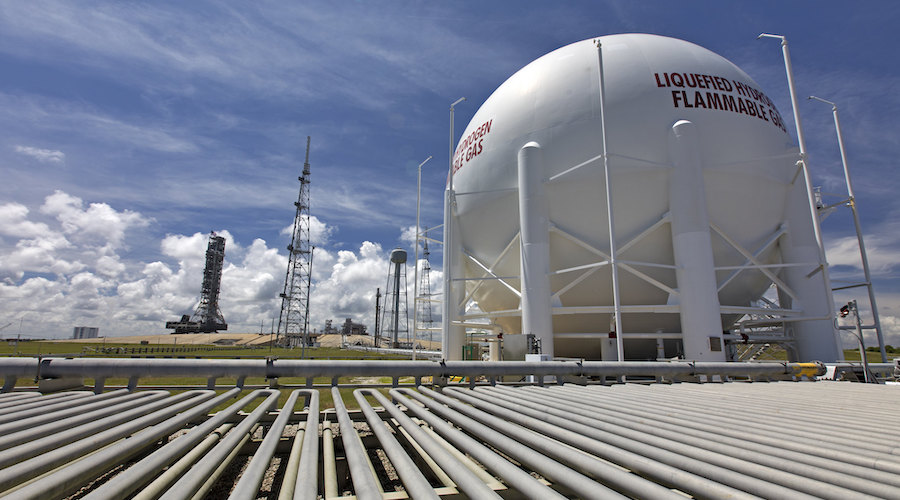Scientists propose using metal waste to produce hydrogen storage materials

Researchers at the Helmholtz-Zentrum Hereon Institute of Hydrogen Technology have shown that high-quality hydrogen storage materials can be produced from metal hydrides – such as Mg/Al-based metal waste – instead of high-purity industrial metals.
In a paper published in the Journal of Magnesium and Alloys, the scientists explain that millions of tonnes of metal waste are generated each year, but the recycling of these materials is crucial to mitigating the threat that the ever-increasing demand for metal poses to the economic growth of many countries.
“Although for most of the metal alloys used in industry, successful recycling methodologies are in place, a significant quantity of them are still lost,” the researchers note. “Producing metal hydrides from otherwise non-recyclable materials could capture large amounts of this industrial waste.”
According to the Hereon Institute team, metal hydrides seem to be rather insensible to the exact alloy composition in contrast to metallic alloys, for example, for high-performance construction purposes.
“Our research opens up a new avenue for developing environmentally friendly materials for high-performance hydrogen storage applications,” Claudio Pistidda, one of the study’s co-authors, said in a media statement.
Pistidda pointed out that compared to common pressurized or liquid hydrogen tanks, metal hydrides are an appealing solution for storing hydrogen at low pressures and moderate temperatures in a safe and compact way. The reason for this is that the metal compounds ground into fine powders have a high affinity for hydrogen and once they are exposed to it, the high affinity leads to the breaking of the bonds between the two hydrogen atoms of the hydrogen molecule (H2).
Once this is done, the metals bond with the single hydrogen atoms, resulting in hydride species. This process can easily be reversed by decreasing the previously applied hydrogen pressure to create the metal hydrides or by increasing the temperature. So just like a sponge with water, the metal hydrides can bind hydrogen in astounding quantities and release it again quickly.
“The utilization of circular economy approaches to the production of hydrogen storage materials allows us to tackle the energy challenges that modern times pose to our society in a more sustainable manner,” Pistidda said.
More News
BHP considered separation of iron ore, coal: Reuters
BHP is currently the third-largest producer of iron ore and a major producer of met coal.
April 02, 2025 | 11:57 am
Korea Zinc agrees 52% cut in fees to turn Teck’s ores into metal
The annual deals for concentrates produced at Teck’s Red Dog mine in Alaska are often used as the benchmark for other deals in the zinc industry.
April 02, 2025 | 10:45 am
{{ commodity.name }}
{{ post.title }}
{{ post.excerpt }}
{{ post.date }}



2 Comments
Levine Lawrence
Hi Mining, thank you very much for covering this innovation but some details are missing. is there any company that has implemented this technology commercially?
Valentina Ruiz Leotaud
Hi there. So far it is just a proof of concept. You can find more details in the paper linked in the article https://www.sciencedirect.com/science/article/pii/S221395672200007X?via%3Dihub